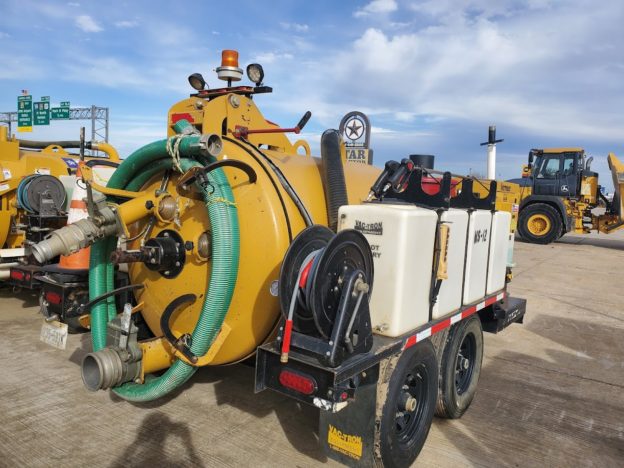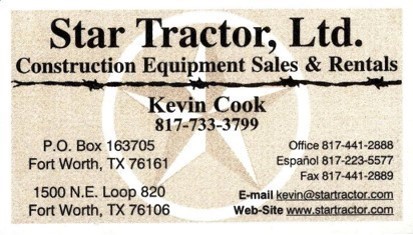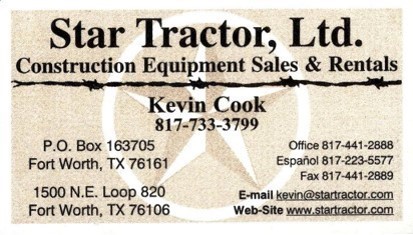The Vermeer LP573 XDT Vactron Trailer is a powerful and versatile machine designed for vacuum excavation and other utility applications. Whether you’re a seasoned operator or a beginner, learning how to operate this equipment safely and efficiently is essential. In this step-by-step guide, we’ll take you through the process of operating the Vermeer LP573 XDT Vactron Trailer, ensuring a successful and productive experience.
Step 1: Familiarize Yourself with the Equipment
Before operating any machinery, it’s crucial to familiarize yourself with the equipment. Take a moment to study the operator’s manual provided by Vermeer thoroughly. Understand the different components, controls, safety features, and maintenance requirements. Ensure that you are wearing appropriate personal protective equipment (PPE), including safety glasses, hard hat, and work gloves.
Step 2: Perform a Pre-Operational Inspection
Safety should always be your top priority. Before starting the Vermeer LP573 XDT Vactron Trailer, conduct a pre-operational inspection to ensure it’s in good working condition. Check for any visible damage, leaks, or loose parts. Verify that all safety guards are in place and secure. Inspect the tires, hydraulic lines, and vacuum hoses for wear and tear. Confirm that the fuel and hydraulic fluid levels are adequate.
Step 3: Start the Engine
Once you’ve completed the pre-operational inspection, it’s time to start the engine. The Vermeer LP573 XDT Vactron Trailer typically features a user-friendly control panel. To start the engine, follow these general steps:
- Turn the key to the “ON” position.
- Check that the engine indicators (e.g., oil pressure, temperature, battery) show normal readings.
- Depress the brake pedal and engage the parking brake.
- Turn the key to the “START” position to crank the engine. Release the key once the engine starts.
Step 4: Operate the Vacuum Excavation System
The primary function of the Vermeer LP573 XDT Vactron Trailer is its vacuum excavation system. This system allows you to safely dig around buried utilities without damaging them. To operate the vacuum excavation system:
- Position the trailer: Park the Vactron Trailer on stable ground, close to the excavation site. Use wheel chocks if necessary to prevent any movement during operation.
- Engage the PTO (Power Take-Off): The vacuum pump is driven by the power take-off (PTO). Engage the PTO to activate the vacuum system.
- Control the boom and hose: The LP573 XDT model comes with an extendable boom and hose for reaching excavation points. Use the control levers to extend, retract, and position the boom and hose as needed.
- Start the vacuum: Activate the vacuum system and adjust the suction power as required using the control panel. Be cautious not to use excessive force that may damage underground utilities.
Step 5: Monitor the Debris Tank
The Vermeer LP573 XDT Vactron Trailer is equipped with a debris tank where excavated material is collected. Keep an eye on the debris tank’s fill level and empty it when necessary. Exceeding the tank’s capacity may lead to inefficiencies and could potentially damage the equipment.
Step 6: Shut Down the Equipment Properly
Once you’ve completed your excavation tasks or when taking a break, it’s essential to shut down the equipment properly:
- Disengage the PTO: Turn off the vacuum system by disengaging the power take-off.
- Release pressure: Before disconnecting hoses or performing any maintenance, release any pressure in the system to avoid sudden bursts of air.
- Turn off the engine: Allow the engine to idle for a few minutes to cool down, and then turn it off.
Step 7: Perform Post-Operational Checks
After shutting down the Vermeer LP573 XDT Vactron Trailer, conduct post-operational checks. Look for any signs of damage, leaks, or wear on the equipment. If any issues are identified, report them to the maintenance team for prompt repair.
Conclusion
Operating the Vermeer LP573 XDT Vactron Trailer can be a rewarding experience, but safety and proper usage are paramount. By following this step-by-step guide and the manufacturer’s instructions, you’ll be better equipped to handle the equipment safely and efficiently. Remember to perform regular maintenance and always prioritize safety during your excavation operations. Happy digging!









